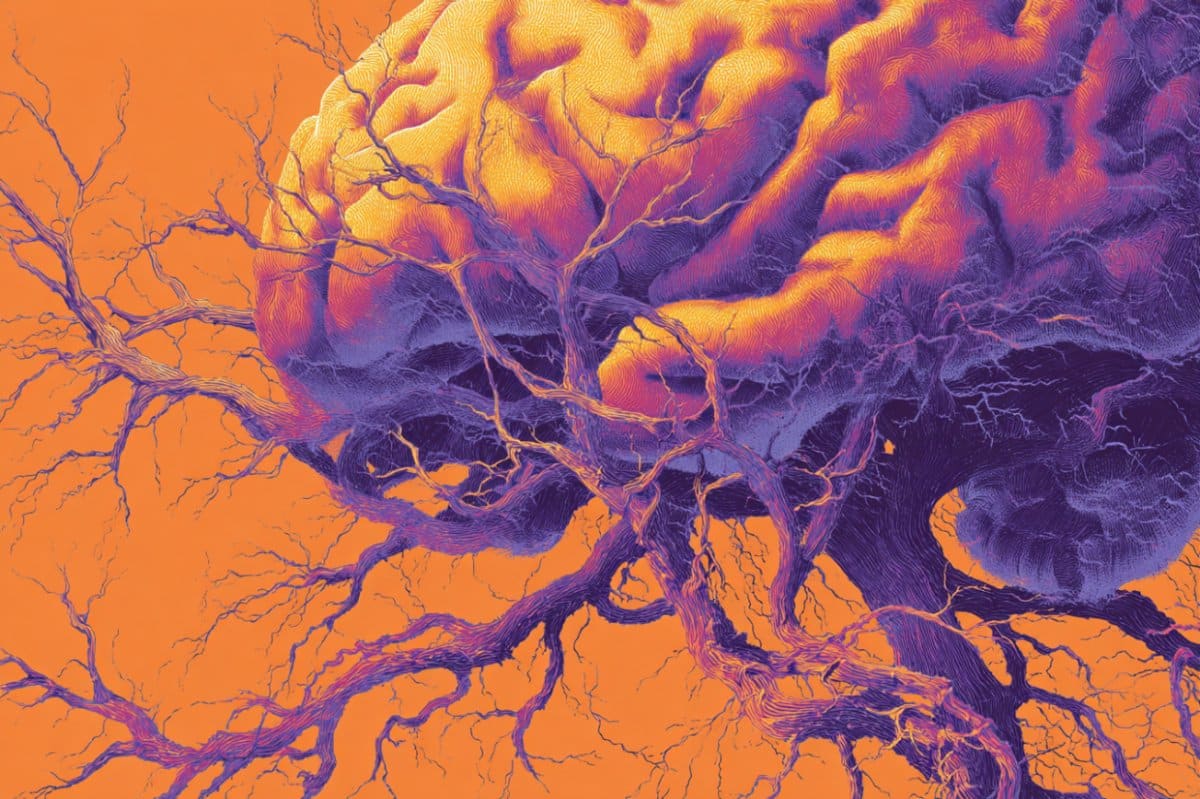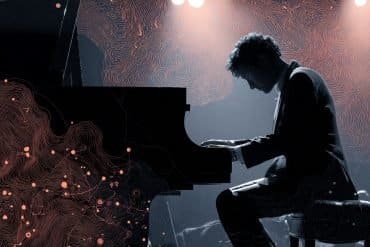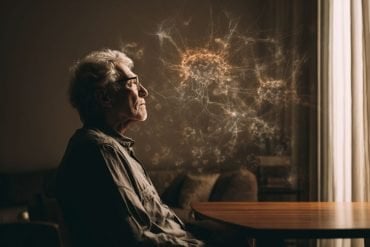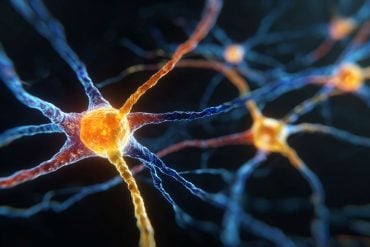Summary: A new study reveals that sleep-like slow-wave brain activity can persist for years in surgically disconnected brain hemispheres of awake epilepsy patients. Using EEG recordings, researchers found that the isolated cortex exhibits patterns similar to deep sleep, anesthesia, or vegetative states—suggesting absent or reduced awareness.
These waves, observed years after surgery, raise fundamental questions about whether such neural tissue can maintain any functional or conscious activity. The findings highlight both the resilience of cortical dynamics and the philosophical challenge of defining consciousness in disconnected brain systems.
Key Facts:
- Persistent Slow Waves: EEG recordings showed lasting sleep-like slow-wave patterns in disconnected hemispheres years after surgery.
- Reduced Awareness: The patterns resembled brain activity seen in deep sleep or anesthesia, suggesting limited or absent consciousness.
- Philosophical Implications: The results reignite debate about whether isolated brain tissue can sustain any form of subjective awareness.
Source: PLOS
Sleep-like slow-wave patterns persist for years in surgically disconnected neural tissue of awake epilepsy patients, according to a study published October 16th in the open-access journal PLOS Biology by Marcello Massimini from Universita degli Studi di Milano, Italy, and colleagues.
The presence of slow waves in the isolated hemisphere impairs consciousness, however, whether they serve any functional or plastic role, remains unclear.
Hemispherotomy is a surgical procedure used to treat severe cases of epilepsy in children. The goal of this procedure is to achieve maximal disconnection of the diseased neural tissue, potentially encompassing an entire hemisphere, from the rest of the brain to prevent the spread of seizures.
The disconnected cortex – the outer layer of neural tissue in the brain – is not surgically removed and has a preserved vascular supply. Because it is isolated from sensory and motor pathways, it cannot be evaluated behaviorally, leaving open the question of whether it retains internal states consistent with some form of awareness.
More broadly, the activity patterns that large portions of the disconnected cortex can sustain in awake humans remain poorly understood.
To address these questions, Massimini and colleagues used electroencephalography (EEG) to measure activity in the isolated cortex during wakefulness before and up to three years after surgery in 10 pediatric patients, focusing on non-epileptic background activity.
Following surgery, prominent slow waves appeared over the disconnected cortex. This is novel evidence that this pattern can last for months and years after complete cortical disconnection. The persistence of slow waves raises the question of whether they play any functional role or merely reflect a regression to a default mode of cortical activity.
The pronounced broad-band EEG slowing resembled patterns observed in conditions such as deep non-rapid eye movement (NREM) sleep, general anesthesia, and the vegetative state. The findings indicate absent or reduced likelihood of dream-like experiences in the isolated cortex. Overall, the EEG evidence is compatible with a state of absent or reduced awareness.
According to the authors, any inference about the presence or absence of consciousness, based solely on the brain’s physical properties such as prominent EEG slow waves, should be approached with caution, particularly in neural structures that are not behaviorally accessible. The slowing observed at the scalp level should be further characterized with intracranial recordings in cases in which clinical outcomes require postoperative invasive monitoring.
Michele A. Colombo says, “This is only the beginning of shedding light on the problem of consciousness in inaccessible systems. During the revision process, we were confronted with different perspectives, revealing the complexity of this problem.”
Marcello Massimini adds, “This pattern may provide clues to why sleep-like brain activity emerges in patients with brain lesions, and how it relates to their level of awareness.”
Anil K. Seth adds, “This has been an exciting and deeply satisfying scientific journey. It started years ago with philosophical discussions about the possibility of ‘islands of awareness’ in completely isolated neural systems, to, now, this wonderful collaboration which has shed important experimental light on this clinically important issue.”
Tim Bayne finally states, “The study of consciousness involves many puzzling cases in which it is unclear what to say about the possibility of subjective experience. As a philosopher, it’s been deeply rewarding to explore a new frontier in consciousness science with this wonderful team of scientists and clinicians.”
Key Questions Answered:
A: They found that surgically isolated brain hemispheres can display persistent, sleep-like slow-wave activity for years after epilepsy surgery.
A: No evidence supports awareness; the EEG patterns resemble unconscious states such as sleep or anesthesia, but the question remains open.
A: It deepens our understanding of brain dynamics after hemispherotomy and challenges scientists to reconsider what brain activity means for consciousness.
About this consciousness research news
Author: Claire Turner
Source: PLOS
Contact: Claire Turner – PLOS
Image: The image is credited to Neuroscience News
Original Research: Open access.
“Hemispherotomy leads to persistent sleep-like slow waves in the isolated cortex of awake humans” by Marcello Massimini et al. PLOS Biology
Abstract
Hemispherotomy leads to persistent sleep-like slow waves in the isolated cortex of awake humans
Hemispherotomy is a neurosurgical procedure for treating refractory epilepsy, which entails disconnecting a significant portion of the cortex, potentially encompassing an entire hemisphere, from its cortical and subcortical connections. While this intervention prevents the spread of seizures, it raises important questions.
Given the complete isolation from sensory-motor pathways, it remains unclear whether the disconnected cortex retains any form of inaccessible awareness. More broadly, the activity patterns that large portions of the deafferented cortex can sustain in awake humans remain poorly understood.
We address these questions by exploring for the first time the electroencephalographic (EEG) state of the isolated cortex during wakefulness before and after surgery in 10 pediatric patients, focusing on non-epileptic background activity.
Post-surgery, the isolated cortex exhibited prominent slow oscillations (<2 Hz) and a steeper broad-band spectral decay, reflecting a redistribution of power toward lower frequencies.
This broad-band EEG slowing resulted in a marked decrease of the spectral exponent, a validated consciousness marker, reaching values characteristic of deep anesthesia and the vegetative state.
When compared with a reference pediatric sample across the sleep–wake cycle, the spectral exponent of the contralateral cortex aligned with wakefulness, whereas that of the isolated cortex was consistent with deep NREM sleep.
The findings of prominent slow oscillations and broad-band slowing provisionally support inferences of absent or reduced awareness in the isolated cortex. Moreover, the persistence of unihemispheric sleep-like patterns years after surgery provides unique insights into the long-term electrophysiological effects of cortical disconnections in the human brain.







